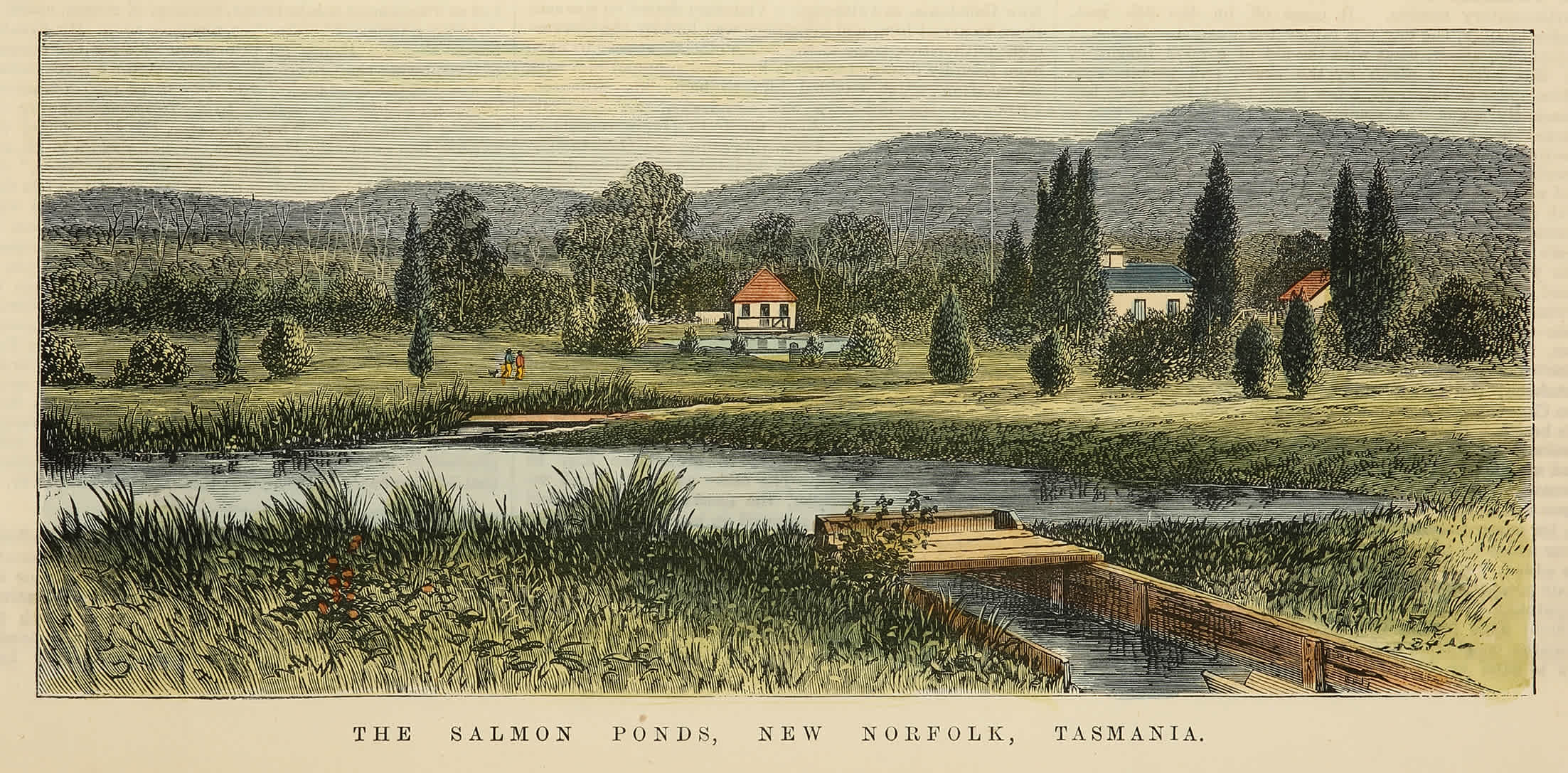Vladimir Putin recently told a story about the Russian ruler, Peter the Great. Peter was the Tsar who really founded the modern Russian state in the 18th century. Putin said that Mariupol – the city on the Black Sea which was destroyed last year after 80 days of bombardment, carnage and suffering – was the base of Tsar Peter’s first Russian navy. Hence it had been Russian all along, and he was justified in restoring the old historical order. The trouble is, this is a complete fabrication. Peter’s navy wasn’t in the Black Sea, it was in the Baltic Sea, 2,000 kms to the north.
But the story resonates for many Russian people who want to believe in their country’s nobility, not its aggression. They want to believe that Putin’s story of an ancient Russia that included all of the Ukraine is true and that what is happening in this horrendous war is just a necessary return to an ancient, stable state.
The Ukrainians, by contrast, believe that their country was a precursor – perhaps even a progenitor - of Russia, that the nation based on Kyiv existed and had been a political entity long before Muscovite Russia. The weight of historical evidence is on the Ukraine side.
Such are the conflicting historical stories driving both the invasion of the Ukraine and the desperate defence of it. And as the shocking conflict shows us, stories can be very dangerous.
. . .
They can also be uplifting. The official historian of the AIF in World War I, Charles Bean, called his first two volumes about the Australians overseas The Story of ANZAC. And it’s quite a story. But it needs to be told carefully, with respect, and not misused, because it has become part of the foundation story of the political entity, that we are – Australia.
Strangely, it is not a story of military triumph – military valour, yes, but not victory; courage, endurance, mateship – all of those – but not military triumph.
Triumph of the spirit there certainly was. And we need to remember that when the Anzac story is turned into a legend and is invoked in triumphal ways to justify everything from facile promotions of football contests to dubious military involvements. The Anzacs did not sweep the Gallipoli Peninsula and go on to take Istanbul as had been planned, they only got a mile or two from the beach despite notable tactical skill (learned very quickly), considerable human sacrifice within their quite limited beach-head and, in the eventual withdrawal, considerable strategic nous.
Withdrawal in the face of the enemy is considered a very dangerous military manoeuvre, but the retreat from Anzac Cove was accomplished with no casualties – none at all – in an astounding feat.
. . .
Roy Shoobridge, whose son, Peter, I knew well, was on Gallipoli as a very young man. In the words of the song, Roy was only 19. But young Roy had opinions: he said that, “If the brains that organised the withdrawal had organised the assault, we might have had a chance.” But, again, this is a story. Roy wasn’t there on April 25, 1915, and given the extremely difficult terrain and the well-organised defence, plus the lack of military intelligence (I mean the lack of situational information, but you can take it the other way if you wish), the Gallipoli Peninsula could never have been taken from the sea despite the brave storming of those sand-cliffs around dawn on the 25th. But the effort to do so, and the sacrifice in the effort and stories such as that of Simpson and his donkey (who was called Tom, by the way), gave us our “story of Anzac” and our foundation story.
The troops so brilliantly, and so safely withdrawn from ANZAC Cove, went on to fight elsewhere, mainly in France and Flanders, and the fighting there quickly made Gallipoli look tame. The fighting on the Western Front was described, by far more than one participant or commentator, as a “mincing machine”. This is what modern artillery warfare had become.
The Australians’ first big engagement on the Western Front was at Fromelles where over the nights July 19 and 20, 1916, the 5th Division of the AIF had casualties, (that’s killed, wounded, missing or captured) of 5,335 – more than half the division.
Roy Shoobridge wasn’t at Fromelles either, but he was at Pozieres four days later. In Roy’s words, “We were sent to Pozieres, a most unpleasant place. In a sunken road close to the front line, the infantry stretcher bearers had lined up several hundred stretcher cases and our job was to get them back to an aid post through ‘Sausage Valley’. The shelling was very heavy and our [unit] had only sent two stretcher squads to that spot. We ran two to a stretcher instead of the usual four and did our best but it was a losing game. The stretcher cases on the rather shallow sunken road were being killed and wounded before we could get them away.”
Roy survived Pozieres, and then the equally dreadful Passchendaele in 1917. He actually survived the whole war, despite being wounded again, and gassed.
. . .
One man who did not survive Pozieres was Thomas Wright. He appears on the Nubeena Honour Roll. Thomas was 19 when he enlisted in late 1915 and embarked for France in December. Being under 20, his parents’ consent was required. In Tom’s case, this was done by a hand-written note signed by both his mother and father. The note and the signatures look authentic – some I’ve seen do not.
Tom’s 26th Battalion was composed of Tasmanians, South Australians and Queenslanders such as his platoon commander, a Lt Anderson. The 26th was engaged at Pozieres, taking the heights beyond the village after the capture of the village itself and then successfully repelling a German counter-attack on August 5. It was during this action that Tom was killed. And in the ground churned over and over by artillery, his body was never found, which added to confusion about the moment, and to great distress and doubt for Tom’s parents.
In November that year, Lt Anderson sent a telegram from his hospital bed in London to the War Office, “I know for a fact that Wright was killed at Pozieres on August 5th. He was one of my machine-gunners. The whole lot was killed. My Sgt and Cpl were blown to pieces. I had to report him missing as I did not see him killed, but he could not possibly have been taken prisoner.”
Tom couldn’t have been taken prisoner because the counter-attack had been successfully repelled and the position held. But again, at what cost. These earlier battles didn’t really end; they sort of petered out and were called off by the high command, but they went on at a lower level, where there were no great assaults launched but life was precarious in the extreme, especially because of harassing fire from long-range artillery, snipers, and raids by the opposing side (something the Australians were to become very good at later in the war). When Pozieres was “over”, the cost was as much as Fromelles – more than 5,000 casualties. But Pozieres was considered a success. Despite the casualties, stated objectives had been taken, and the front advanced – a bit.
In just over a fortnight, in these two battles, the AIF had suffered 10,000 casualties – the strength of a whole Division – and there were only five Australian Divisions. To lose 20 per cent of your force in a fortnight is disastrous. But in those days, enlistment was still at large numbers, and the “brass” could rest content that their divisions would be back to strength soon.
. . .
The Wrights of Ulverstone (Tom Wright’s home town) were not going to get their family back to strength. Having had no official notice of his son’s death, but in a “private telegram” they had received notice of Tom’s death. All deaths in the AIF were investigated at a board of enquiry, but the casualties at Fromelles and Pozieres were so huge that the board was overwhelmed and had to suspend enquiries about casualties for the months of July and August – presumably while they caught up on Gallipoli.
I am not mocking the military bureaucracy – I think the efforts they went to keep families informed were quite extraordinary – but I think Tom’s father had been sent private news of his death. While Thomas Wright was still officially missing, his father sent a desperate telegram to the Minister of War in Melbourne in November, “Private telegram reports death Private T. Wright three thousand three hundred sixty four 26th battalion. Kindly inform us if true. Reply paid.”
Kindly inform us if true, reply paid … reply paid. What a surfeit of agony is in those two words. And this is, yet again, the story of war. Agony, grief and sorrow. But also, remember, courage, love and comradeship – so in the face of mortality, let’s hang on to the good bits.
James Parker is a Tasmanian historian (but with deep connections to Sydney), who writes and talks on mainly colonial subjects – especially convicts, women and the Tasmanian Aboriginal people.








